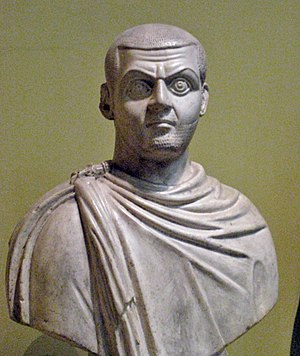This article needs additional citations for verification. (September 2018) |
| Millennium: | 1st millennium |
|---|---|
| Centuries: | |
| Decades: | |
| Years: |
| 313 by topic |
|---|
| Leaders |
| Categories |
| Gregorian calendar | 313 CCCXIII |
| Ab urbe condita | 1066 |
| Assyrian calendar | 5063 |
| Balinese saka calendar | 234–235 |
| Bengali calendar | −280 |
| Berber calendar | 1263 |
| Buddhist calendar | 857 |
| Burmese calendar | −325 |
| Byzantine calendar | 5821–5822 |
| Chinese calendar | 壬申年 (Water Monkey) 3010 or 2803 — to — 癸酉年 (Water Rooster) 3011 or 2804 |
| Coptic calendar | 29–30 |
| Discordian calendar | 1479 |
| Ethiopian calendar | 305–306 |
| Hebrew calendar | 4073–4074 |
| Hindu calendars | |
| - Vikram Samvat | 369–370 |
| - Shaka Samvat | 234–235 |
| - Kali Yuga | 3413–3414 |
| Holocene calendar | 10313 |
| Iranian calendar | 309 BP – 308 BP |
| Islamic calendar | 319 BH – 318 BH |
| Javanese calendar | 193–194 |
| Julian calendar | 313 CCCXIII |
| Korean calendar | 2646 |
| Minguo calendar | 1599 before ROC 民前1599年 |
| Nanakshahi calendar | −1155 |
| Seleucid era | 624/625 AG |
| Thai solar calendar | 855–856 |
| Tibetan calendar | 阳水猴年 (male Water-Monkey) 439 or 58 or −714 — to — 阴水鸡年 (female Water-Rooster) 440 or 59 or −713 |

Year 313 (CCCXIII) was a common year starting on Thursday (link will display the full calendar) of the Julian calendar. At the time, it was known as the Year of the Consulship of Constantinus and Licinianus (or, less frequently, year 1066 Ab urbe condita). The denomination 313 for this year has been used since the early medieval period, when the Anno Domini calendar era became the prevalent method in Europe for naming years. This year is notable for ending of the persecution of Christians in the Roman Empire.